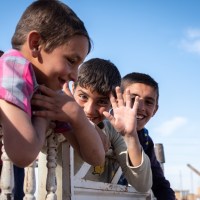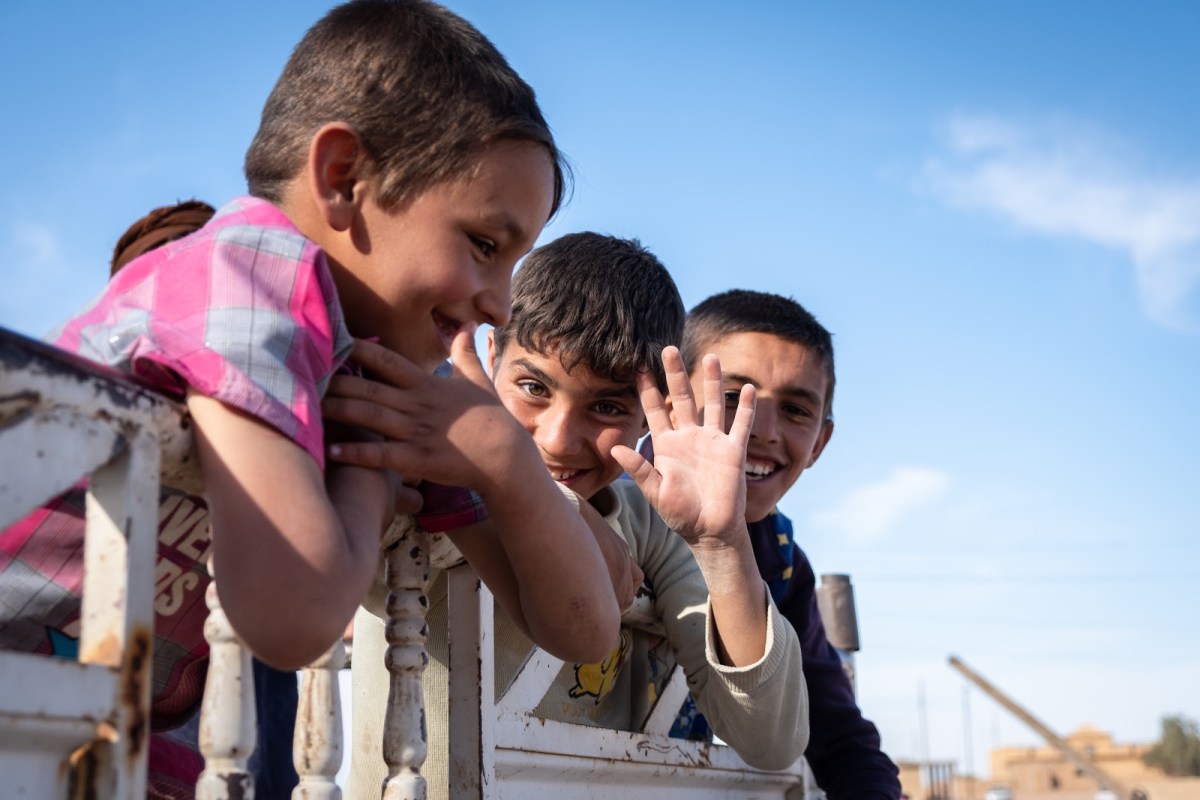It’s the fifth in a string of beautiful days, in a place a world away from our daily life back home. The sky is wide and blue. The air is thick with scents of food we’ve yet to try, and a language we don’t understand. But friendly smiles allow us to navigate our way through this country that is settling into our hearts.
We can’t help wanting to capture every moment—every friendly smile, every sweet child skipping down a dirt road. And so we lift our camera or phone and we…
Wait!
Every time we have an interaction with someone, with a camera between us, there are two separate events happening. We are making memory triggers for ourselves, yes. But at the same time, we are directly impacting those who find themselves in front of our lens, whether it’s immediately obvious or not.
We make images—in partnership with those we meet. Or we take images—stealing something in the process.
The next time we travel, before ever raising the camera to our eye and clicking the shutter (and again before uploading photos or videos online) ask these questions:
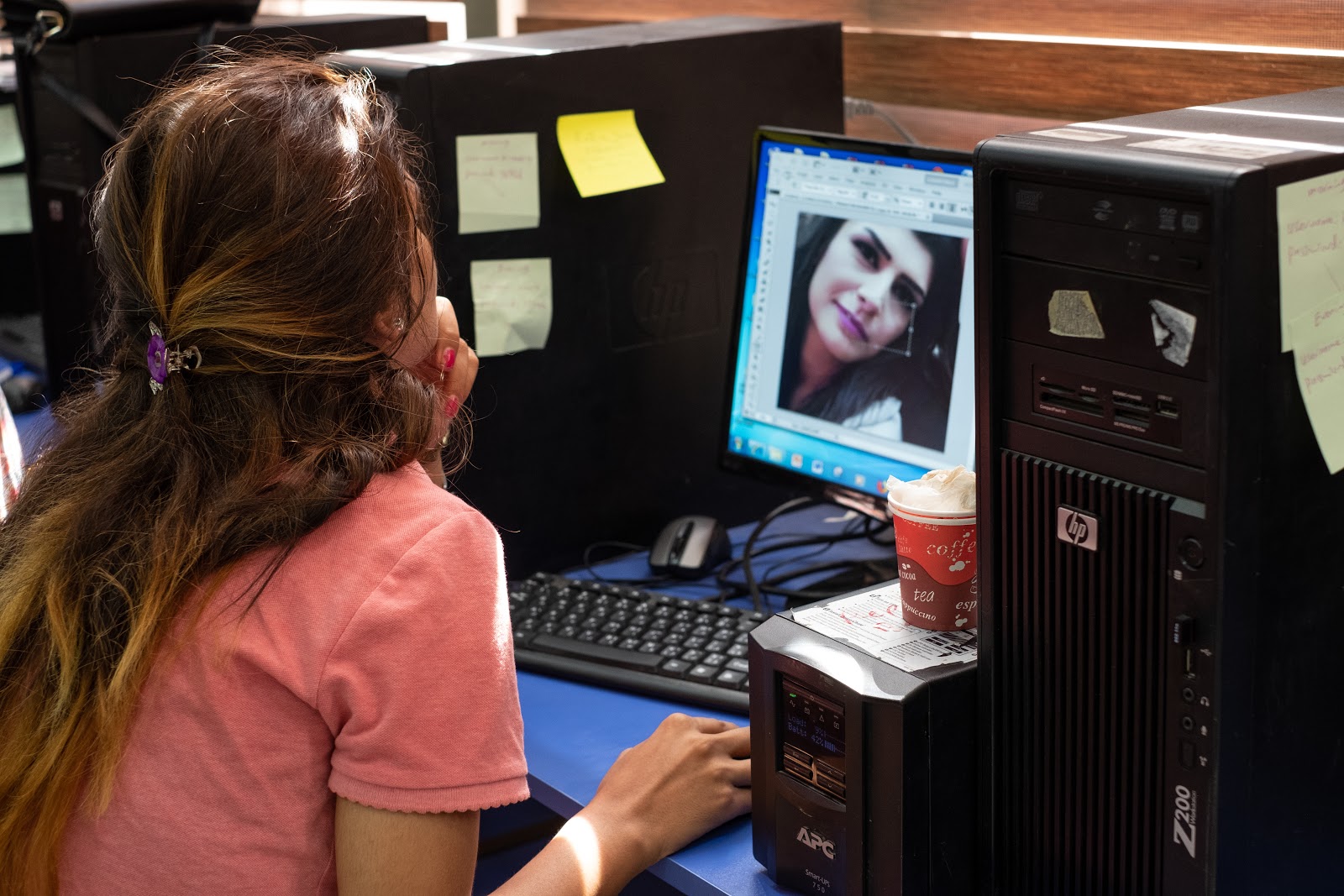
1. Do I have consent to make this photo/video?
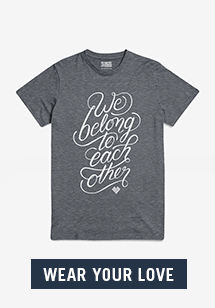 Not written consent, necessarily. But have I made eye contact with the person and asked for permission, whether with words or gestures?
Not written consent, necessarily. But have I made eye contact with the person and asked for permission, whether with words or gestures?
Have I considered the power dynamic here—am I in a position of power or privilege or influence? Does the person feel like they can say no? Is the person too young to understand the implications of having their photo made and shared?
Create situations where the person is excited to be seen and excited to share themselves with the world. Ask parents or guardians if you can make a photograph of a child. Be sure you have made saying no an acceptable possibility.
2. Does this photo reflect the person’s dignity?
Am I making a photo that portrays the person as a victim? Am I making a photo showing them at a vulnerable moment, when they weren’t aware they were seen? Am I making a photo that reinforces negative stereotypes or tropes?
Make photos that show others acting in their agency. Make photos that show their skills, confidence and fuller humanity. Highlight them as a person, not as an object.
3. Does this photo center me as a hero?
Especially if I am making a photo with a child, am I picturing the child as the recipient of my generosity? Am I using a subject as a prop or background for my story? If I’m in a culture different from my own, am I showing respect for the inherent dignity and agency of those around me?
Center the person in front of you as the hero of their own story. Get down to the eye level of children to make them feel equal in the equation. In fact, this can apply to all photos. Taking a photo above a person, so they’re looking up at the camera, portrays them as lesser or weaker. Taking a photograph at or below eye level is more likely to place the person in an honorable stance. Include those around you in the story and make sure the story you’re telling is honest in its scope.
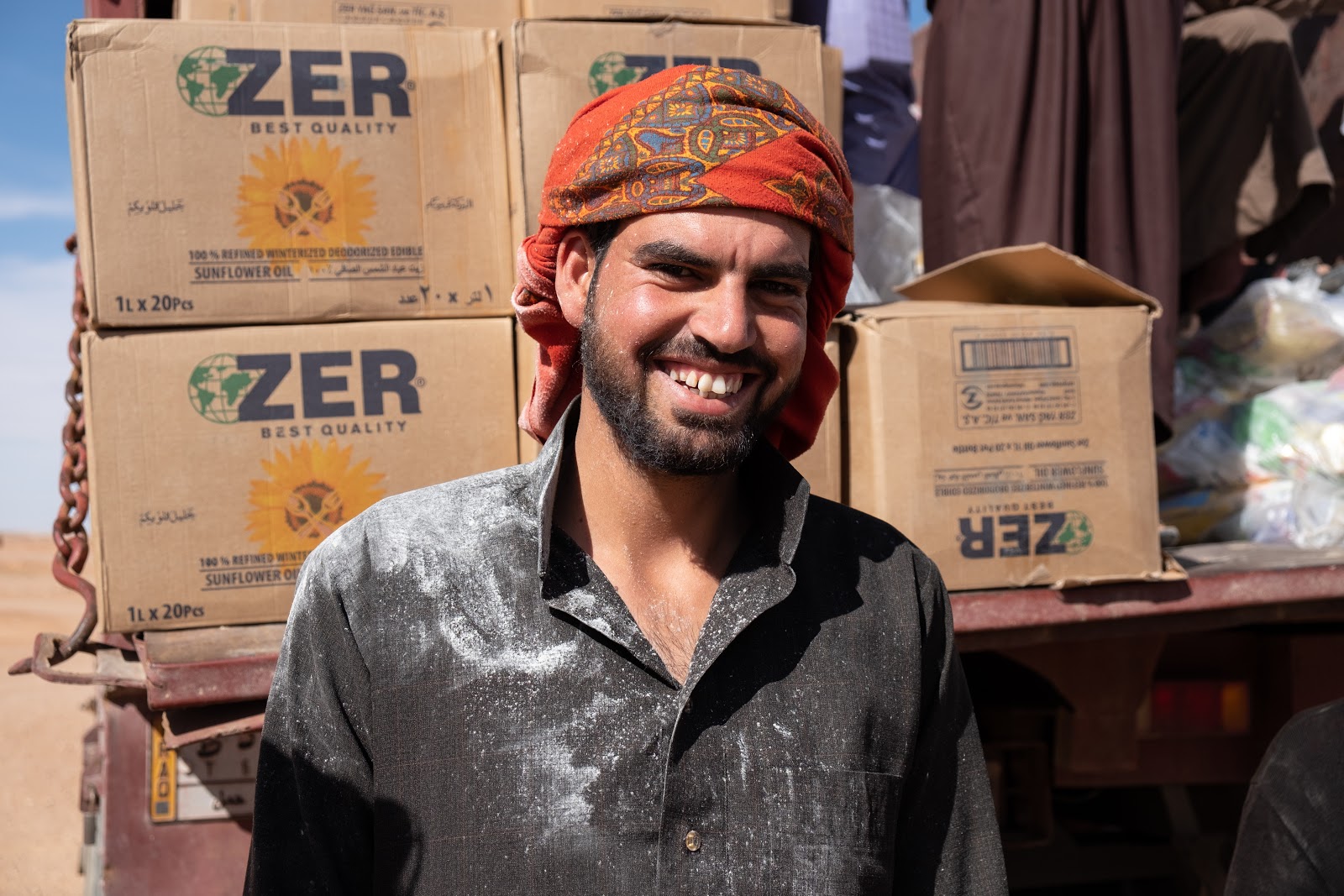
4. Would I take—and share—this same kind of image back home?
Would I take a photo of a random child in a park, without their parent’s consent? Would I take the same photo if I lived beside the subject, or knew I would run into them again next week?
Spend time creating environments where friendships and trust can form, even in brief moments. Seek out children’s families to gain consent.
5. How will the person feel if they see your photo online?
Are we taking photos that will make them uncomfortable, embarrassed, or ashamed? Will the photo make them feel used, less-than, or like our “project”?
Make photos that will leave people feeling dignified. Think about the future of the person in front of our camera, and remember that they deserve the same care as those in your own families and communities.
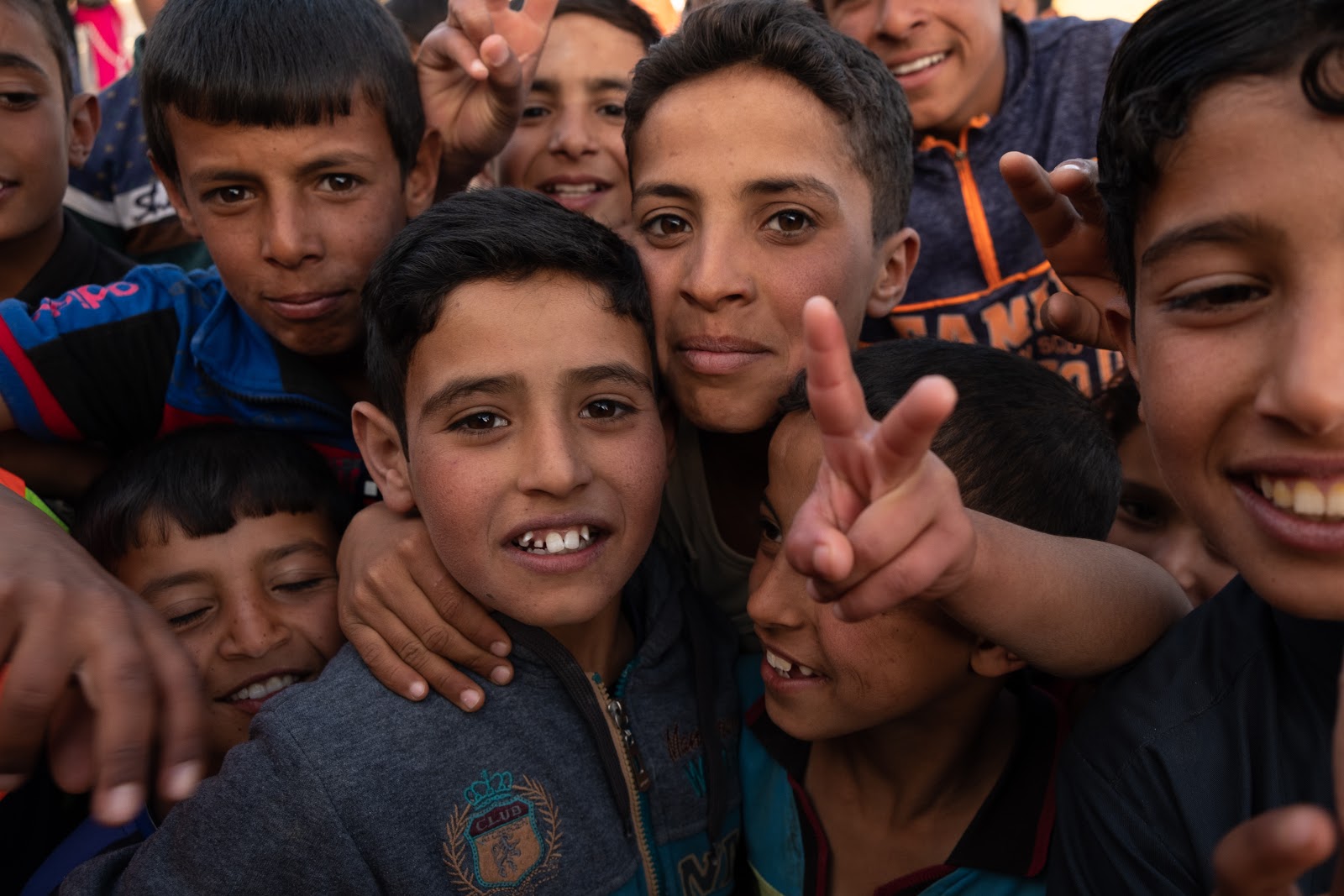
When we travel and take photos–even if it’s just outside our neighborhood–we have to choose between honoring those around us or objectifying them. We create mutual exchanges of time and attention, or we steal agency. We bless, or we use.
Even the way we document our lives and the lives of others can be an active form of peacemaking, if done with care.

